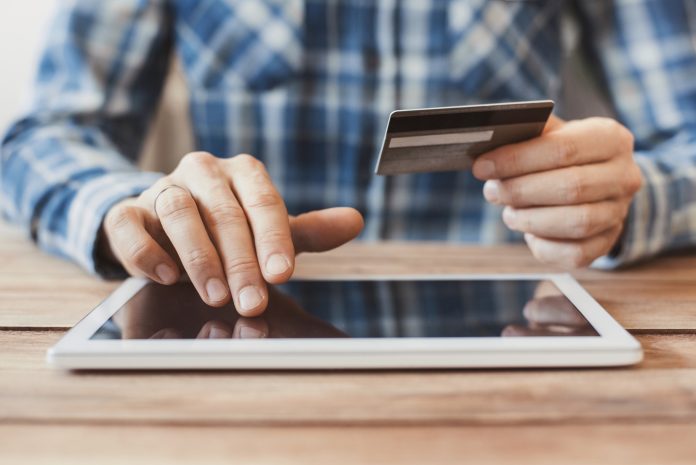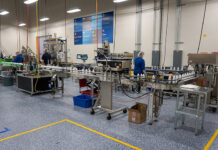Retailers have seen numerous changes over the past 100 years since a new concept for grocery stores was developed in 1916 by the founder of Piggly Wiggly, Clarence Saunders. Credited as operating the first retail store that was self-serve, Saunders might be very surprised today at how retail has grown beyond his self-serve concept. Shoppers now have many options for making purchases more conveniently using emerging technologies.
Early in the last century, shoppers would visit a ‘dry goods’ store, hand over a list of needs to the proprietor or store clerk who would then hand-pick items. Choices were limited by individual store inventory and the quality or availability of products, delivery was rarely an option, and wait times were long for some items that needed to be specially ordered and adding to the total cost. After the trip to the dry goods store, shoppers would then often make their way to the butcher, the druggist, and the hardware store as one-stop shopping at the club and big-box stores was still far in the future.
Today, many large and small retailers are back to hand-picking and delivering grocery items for you, and Walmart will even put them in your refrigerator!
Here’s just a short list of evolving new trends for retail shopping in 2018: AI-powered inventory management and real-time shelf monitoring, beacons and location mapping, chatbots to lead you to specific items in the store, digital shelf labeling, interactive displays, robotic and other automated devices, smart receipt apps to track spending, and more.
At the recent CES (Consumer Electronics Show) in Las Vegas, South Korea’s LG Electronics debuted no less than 3 robots to serve their human overlords at hotels, airports and in the grocery aisle. Although a long way from release to the public, this is another sign that the 1960’s TV cartoon “The Jetsons” was not just entertainment fantasy.
Amazon and Echo invested heavily in marketing to convince us to buy their voice-activated devices this past holiday season. These mini-precursors of Orwellian telescreens listen for your voice commands for a variety of chores including checking some stores’ inventories and making shopping lists for online or in-person shopping.
While visiting your favourite grocery store, the self-checkout options are increasing as well. US grocery chain Kroger is expanding its “Scan, Bag & Go” app technology which allows shoppers to self-scan purchases while shopping, which they say will speed up check-out times for customers. Walmart is rumoured to be testing an AI-powered store surveillance concept where shoppers will be watched on camera and automatically billed for items they place in the shopping cart, and thereby avoid the entire cashier and check-out process entirely.
Whether your favourite store is the local green grocer or the world’s largest retailer it’s expected that some of these technologies may have to be adopted by retailers just to remain in the competition for our grocery spending. Although consumer tastes may change over the years, serving customers with speed and efficiency appears to be a constant necessity. Yet, with all these options for faster, more convenient shopping one wonders if the inventor of self-serve shopping, Piggly Wiggly’s Clarence Saunders would approve, or go with the low-tech option of sending the eldest kid in the family to the store with a list.
https://www.fooddive.com/news/grocery–5-tech-trends-that-will-shape-grocery-in-2018/514576/
https://www.cnet.com/videos/lg-demos-new-concept-robots-at-ces-2018/
http://www.businessinsider.com/kroger-is-rolling-out-digital-shelf-technology-2018-1
https://www.fooddive.com/news/grocery–kroger-expanding-its-scan-bag-go-program-to-400-stores/513855/









